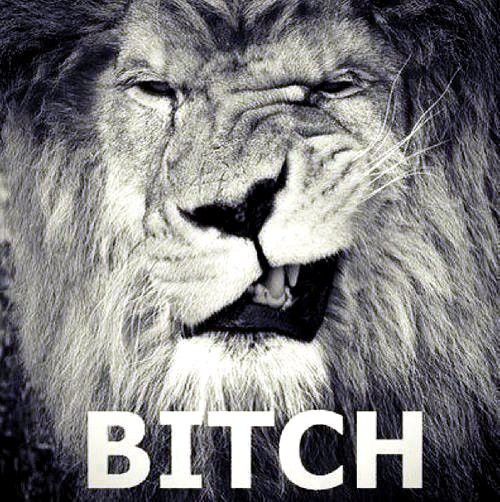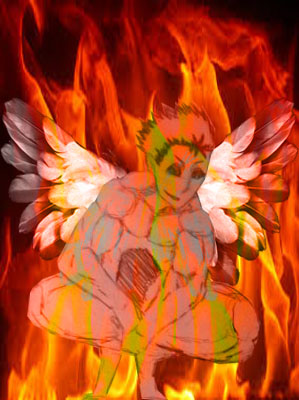At just 22, Saba has already earned the respect of his elders, like Twista and Lupe Fiasco, with the two lending a verse and a voicemail, respectively, to Bucket List Project, and his musical peers, who hear the voice of an era on his latest tape. He hails from the West Side of Chicago, a section of the city represented by the central white stripe on the city’s municipal flag, fitting since the American city is central to his music.
It’s 1:40 pm on a Sunday afternoon in New York. Despite being filled with people running their errands, walking their dogs, and riding their bikes, the street has a surprisingly calm feeling. Saba is walking up with his manager Rory in tow, discernibly relaxed and tranquil. Within minutes of us meeting it was clear the atmosphere was no accident.
Saba is 22-years-old, but many of us will go our whole lives without coming close to whatever introspection he needed to produce Bucket List Project. It’s about duality. It’s about dreaming. It’s about trauma. And it’s a personal and universal narrative about being routinely neglected and marginalized, while still prospering in spite of it, perhaps even because of it:
“Turn a obstacle obsolete/Turn a cheek, poverty, heritage, cotton seed/I could be lotta things, lottery winner/This album autobiography, I feel like Socrates.” As the project’s first track, “In Loving Memory” begins to paint a picture that uses every song to deliver a cohesive work of art.
Saba hails from the West Side of Chicago, Austin Boulevard to be more specific, using his home to address a part of the city that’s rarely discussed. “I try to bring light and shine to the Westside of Chicago, just because you hear about the Southside and how crazy it is over there. But the craziest thing to me is the Westside is the same, worse in a lot of areas,” says Saba. “The area that I’m from is called Austin area, but as far as the homicide rates it’s one of the worst in Chicago period. And it’s like there’s no attention being put on it.”
There rarely is, despite the West Side’s storied history of rapid gentrification, selective corporate investments, and unequal distribution of resources. “The westside is an interesting place, there’s a lot of great people but there is also a lot of the obstacles you have to get over there are crazy because there is nothing to go to run away toward you’re just stuck there,” says Saba.
Yet that’s what makes this rapper important. His music is the culmination of Saba the person: the son of a local R&B artist who started making music at eight, the man graduated high school at 16, and a West Sider.
The most vivid example of this appears on the track “Church/Liquor Store,” which features fellow hometown artist and frequent collaborator Noname. Over smooth production from Cam O’bi, the Chicagoans take you on a tour of the city they call home and point out everything they see, dark corners and all.
“It look like funeral home, church, church, liquor store/Corner store, dread-head, dead leg, ditto/10-4, ten foes from Cicero to Central/Was told, “let it go”/Didn’t know who to hit though/Now that’s church, barber shop, bottle I, got/From the liquor store on Cicero/I ain’t 21, but he didn’t know”
Saba says he’s been making music since the age of eight, reminiscing over how he used his four-track cassette recorder, karaoke machine, FruityLoops, and anything else that could help him “get the job done.”
He also says he started playing piano before he got into rapping. “Those were the first chords I really learned and now I just try to expand on that and work with people who could bring my idea of Hip-Hop in my way should sound like. That’s kind of where the first seed was planted like six or seven being around my dad.”
The neo-soul aesthetic that comes from his father has been present in all of Saba’s work, from GETCOMFORTable (2012) all the way up to Bucket List Project. An aesthetic that might appear to be the polar opposite to the catalogues of rappers like Chief Keef, Lil Durk, Fredo Santana, and Lil Reese. Saba says that isn’t the case at all.
“I think you take somebody like Noname; you take somebody like Chief Keef; they sound like complete opposites, like they’re describing opposite things. But if you really dissect the lyrics and break it down you’ll get to this setting of the same place,” says Saba. “The difference for me is just perspective. For me and a lot of my writing, people will say it’s ‘so lyrical’ and I’m just being descriptive about what I’m seeing. Whereas somebody’s who’s in it, that’s the difference. They’re not talking about what they’re seeing, they’re talking about their actions what they’re doing. And that’s the thing that, to the blogs, makes the difference between something that is ‘super lyrical’ and ‘trash.’ And for me I can see it for what it is. And it’s really the same Chicago.”
The same Chicago that bred Kanye West, Common, Twista, Lupe Fiasco and newer acts like Chance the Rapper, Mick Jenkins and Noname. But what if we stepped out of Chicago and looked across the Hip-Hop landscape as a whole? Is Saba the stereotypical “new school” rapper carving out his own lane, or is he heavily influenced by the old school rap songs that “Hip Hop heads” would argue that rapper would argue should be well-versed in in order to even step foot into rap? From listening to his music I’d argue that Saba is both, and he agrees: “I think for me and my focus a lot of times, I do consider what I’m doing a lot newer. But I also think it’s accessible enough for a Hip Hop head to listen to it and be able to enjoy it. But a lot of what I think makes Hip Hop great to me and what makes music in general great is when an artist can push the boundary of what the norm is.”
Saba has been pushing boundaries for a while, and was raised to believe that he could do anything and that there wasn’t anything he couldn’t do. “If I told my dad I couldn’t do something that’s when I would get in trouble,” Saba recalls. “When I was 15 I remember one time we were arguing over my music and I had a really specific way of thinking of what I wanted to do and I would say ‘I can’t do it yet’ and he would shut that s*it down!”
And whenever he hung up the phone with his dad he had to recite: “I’m a winner, I’m a leader, I’m a strong black man, I’m an original man.”
Saba lives up to that statement. He doesn’t smoke or drink. During the interview, he names Bone Thugs, Cam’Ron, Lupe, and Andre 3000 as his top rappers of all time, and reveals Pharrell is one of his biggest inspirations in music. Yet despite his admiration for artists with countless awards and platinum records under their belt, Saba is not after any of these to have a successful career. “Success if anything should be measured by your happiness,” he says. Original man indeed.
There is something genuine about him, an authentic honesty about who he is and who he wants to be that makes both him and his music likable. Everything he’s done up to this point has been about maintaining his uniqueness and autonomy, making music and attempting to scratch things off of his bucket list along the way. He wants to write a book about his relationship with his dad, open an art gallery, and dunk on an NBA regulation rim. Saba is an artist, so whatever he chooses to do, he can.
Bucket List Project is a journey in its own right. One that if you knew what was good for you, you’d travel too.


